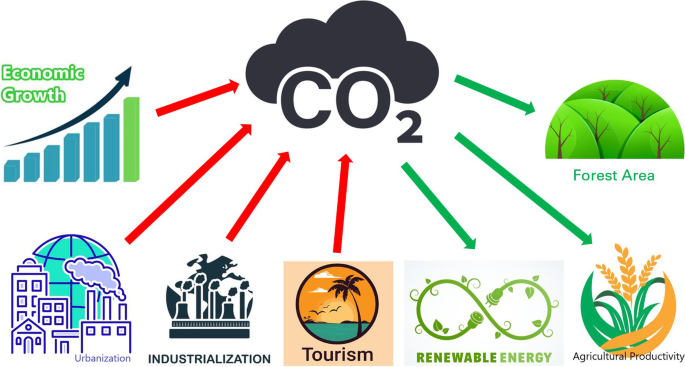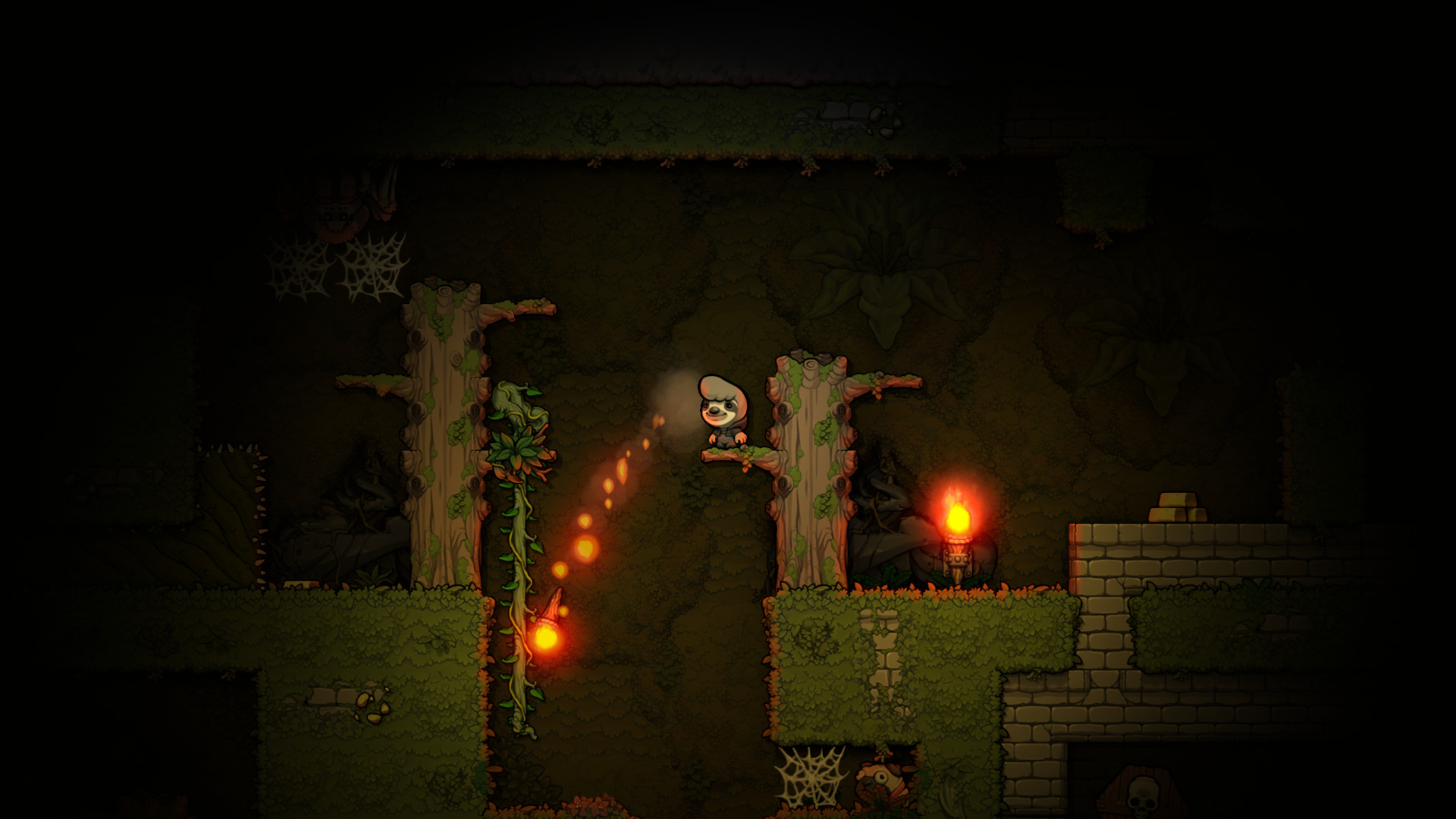
Making sustainable fashion choices is a great way to reduce your environmental impact and support ethical practices. Here are some options to consider:
- Buy Second-Hand: Thrift stores, consignment shops, and online platforms like Depop or Poshmark offer a wide range of pre-loved clothing. This extends the life of garments and reduces demand for new production.
- Choose Sustainable Materials: Look for clothing made from organic cotton, hemp, bamboo, or recycled materials. These options have a lower environmental impact compared to conventional fabrics.
- Support Ethical Brands: Research brands that prioritize fair labor practices, environmental sustainability, and animal welfare. Websites like Good On You provide ratings and information on various brands.
- Invest in Quality: Opt for high-quality pieces that are durable and timeless. This reduces the need for frequent replacements and minimizes waste.
- Minimalist Wardrobe: Embrace a minimalist approach by curating a capsule wardrobe with versatile pieces that can be mixed and matched. This reduces clutter and promotes mindful consumption.
- Care for Your Clothes: Properly maintaining your clothes can extend their lifespan. Follow care instructions, repair items when needed, and consider upcycling old garments into new creations.
- Look for Certifications: Certifications like GOTS (Global Organic Textile Standard), Fair Trade, and OEKO-TEX ensure that products meet specific environmental and ethical standards.
Making sustainable fashion choices is a great way to reduce your environmental footprint and support ethical practices in the fashion industry. Here are some tips to help you get started:
- Choose Quality Over Quantity: Invest in high-quality pieces that are durable and timeless. This reduces the need for frequent replacements and minimizes waste.
- Opt for Sustainable Materials: Look for clothing made from organic cotton, hemp, bamboo, or recycled materials. These options have a lower environmental impact compared to conventional fabrics.
- Support Ethical Brands: Research brands that prioritize fair labor practices, environmental sustainability, and animal welfare.
- Buy Second-Hand: Thrift stores, consignment shops, and online platforms like Depop or Poshmark offer a wide range of pre-loved clothing. This extends the life of garments and reduces demand for new production.
- Care for Your Clothes: Properly maintaining your clothes can extend their lifespan. Follow care instructions, repair items when needed, and consider upcycling old garments into new creations.
- Minimalist Wardrobe: Embrace a minimalist approach by curating a capsule wardrobe with versatile pieces that can be mixed and matched. This reduces clutter and promotes mindful consumption.
- Eco-Friendly Certifications: Look for certifications like GOTS (Global Organic Textile Standard), Fair Trade, and OEKO-TEX, which ensure that products meet specific environmental and ethical standards.
The history of sustainable fashion is a fascinating journey that reflects the evolving awareness and values of society regarding environmental and ethical issues. Here are some key milestones:
- 1960s-1970s: The modern sustainable fashion movement began to take shape during the 1960s and 1970s, influenced by the counterculture and environmental movements. The hippie movement, in particular, promoted the use of natural materials and second-hand clothing as a rejection of mass consumerism.
- 1980s: The concept of ethical fashion gained traction with the establishment of organizations like the World Fair Trade Organization (WFTO) in 1989, which aimed to improve the livelihoods of marginalized producers and promote fair trade practices.
- 1990s: Research into sustainable fashion began to develop more formally. The Clean Clothes Campaign (CCC) was founded in 1989 in the Netherlands, advocating for workers’ rights in the global fashion industry. The Global Reporting Initiative (GRI) was also established in 1997 to promote transparency and sustainability reporting.
- 2000s: The Global Organic Textile Standard (GOTS) was introduced in 2002, setting standards for organic fibers and ensuring environmentally and socially responsible textile production. This decade also saw the rise of eco-fashion designers and brands committed to sustainability.
- 2010s-Present: The last decade has seen significant growth in consumer awareness and demand for sustainable fashion. Brands are increasingly adopting sustainable practices, and certifications like Fair Trade and OEKO-TEX have become more prominent. The fashion industry continues to innovate with new sustainable materials and technologies.
Sustainable fashion is an ongoing journey, with continuous efforts to improve the environmental and social impact of the industry. Are there any specific aspects of sustainable fashion history you’re particularly interested in?








